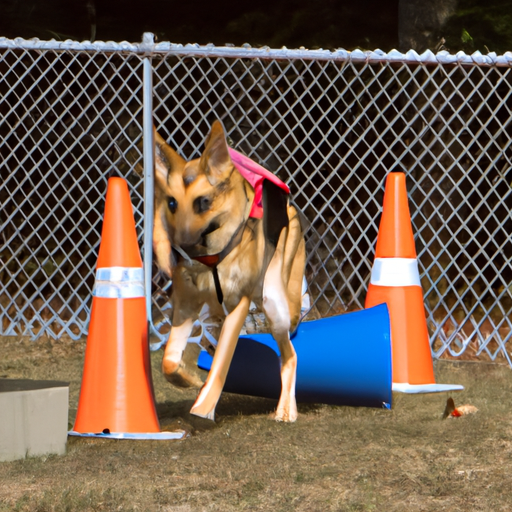Introduction
You might have seen them on TV, or maybe you’ve even seen them in action – police dogs, known as K9 units, are a vital part of law enforcement agencies around the world. You’ve probably been amazed by their incredible abilities and wondered, “How are police dogs trained?”
Understanding the Basics of Police Dog Training
The training of police dogs is a process that requires dedication, patience, and a deep understanding of canine psychology. Just like you would care for a child, the training of these dogs is thorough and meticulous:
- Selection: Not every dog can become a police dog. Certain breeds like German Shepherds, Belgian Malinois, and Labrador Retrievers are preferred for their intelligence and physical abilities.
- Basic Obedience Training: This is where the dog learns to follow basic commands like sit, stay, come, heel, etc.
- Specialized Training: Depending on their roles, dogs undergo specialized training. This may include detection (drugs, explosives), search and rescue, or apprehension.
Let’s delve deeper into the specialized training and understand how these dogs can perform such incredible tasks.
The Intricacies of Specialized Training
Police dogs undergo rigorous training to hone their natural abilities. They are taught to channel their instincts in a controlled manner that benefits law enforcement.
-
Detection Training : Dogs have a keen sense of smell – far superior to ours. In detection training, dogs are taught to associate a particular scent (drugs, explosives) with a reward, thus teaching them to seek out these substances.
-
Search and Rescue Training : Dogs are trained to locate missing persons based on their scent. This can be particularly useful in disaster-struck areas.
-
Apprehension Training : These dogs are trained to chase and hold suspects until their handlers can catch up. They are taught to do this in a manner that minimizes harm to both themselves and the suspect.
Police Dogs and Their Handlers
The relationship between a police dog and its handler is vital to the success of the K9 unit. Just as you would bond with someone you care for, the handler and the dog must form a deep connection. The handler is responsible for the dog’s training, care, and even lives with the dog. This close bond ensures that the dog and handler can work together effectively in high-stress situations.
The Impact of Police Dogs on Law Enforcement
Police dogs have proven to be an invaluable resource to law enforcement agencies. They are able to perform tasks that would be impossible for their human counterparts. This table summarizes the common tasks performed by police dogs and their impact on law enforcement.
| Tasks | Impact |
|---|---|
| Detection of drugs and explosives | Increased efficiency and safety in these operations |
| Search and rescue | Able to locate missing persons in difficult terrains |
| Apprehension | Can chase and hold suspects, reducing risk to human officers |
Frequently Asked Questions
Q: How long does it take to train a police dog?
A: It can take anywhere from 1 to 2 years to fully train a police dog, depending on the skills they are being taught.
Q: Can any breed of dog become a police dog?
A: While any dog can be trained for obedience, certain breeds like German Shepherds, Belgian Malinois, and Labrador Retrievers are preferred for police work due to their intelligence and physical abilities.
Q: Can police dogs be friendly?
A: Absolutely! Police dogs are trained to be sociable and friendly when they are not on duty.
Q: Are police dogs always on duty?
A: Police dogs do get time to rest and play. Just like humans, they need downtime to recharge and stay healthy.
Understanding how police dogs are trained gives us a new appreciation for these canine heroes. It’s not just their amazing abilities, but also the dedication, patience, and bond between them and their handlers that truly make them a vital part of our law enforcement.



